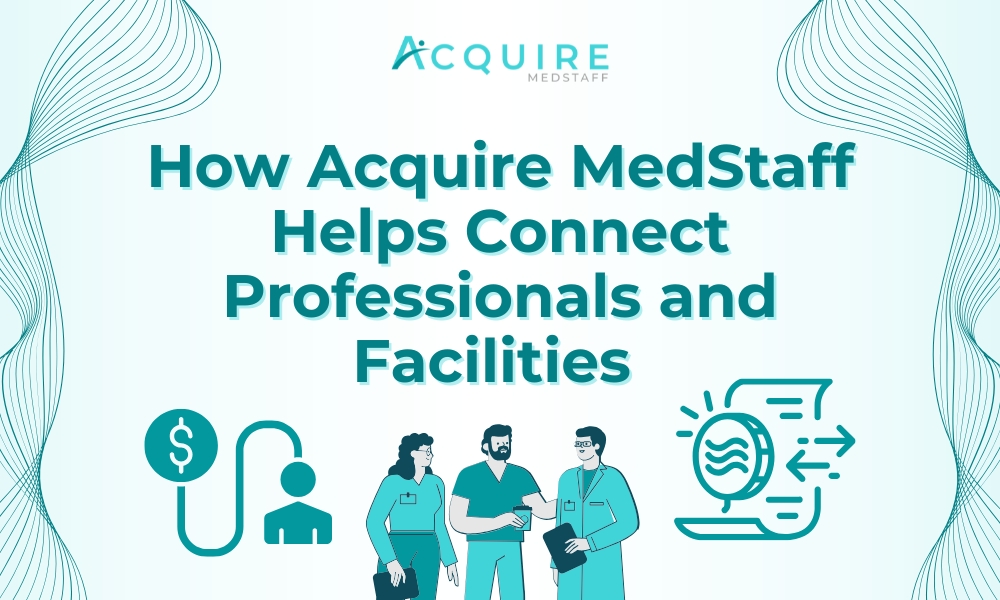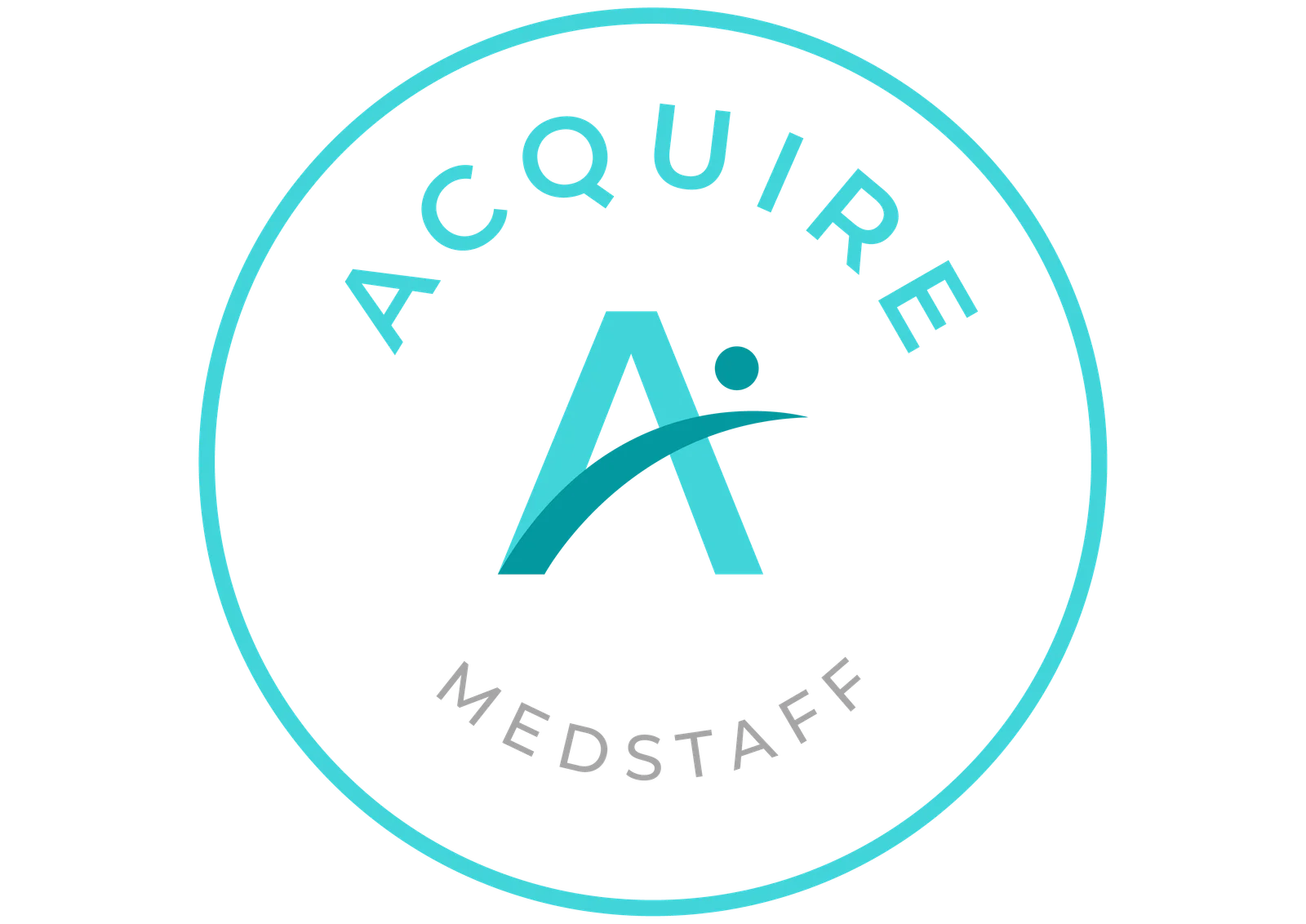Unlocking Flexibility in Healthcare Careers: Understanding Per Diem Work
Ever wondered how some nurses manage to take three-day weekends regularly, or why certain hospitals always seem fully staffed even during unexpected surges? The answer often lies in per diem work arrangements.
What does per diem mean in healthcare settings? I’ve heard this question countless times from both new grads and seasoned professionals looking for more control over their schedules.
Per diem (literally “by the day” in Latin) offers healthcare workers the freedom to choose when they work, while giving facilities the flexibility to adjust staffing based on actual patient needs. It’s basically the healthcare version of having your cake and eating it too – flexibility for workers, adaptability for employers.
Whether you’re burned out from the rigid 9-5 hospital grind or managing a facility struggling with staffing fluctuations, understanding per diem work could be your game-changer. Let’s dive into what does per diem mean.
What Does Per Diem Mean?
“What is per diem work exactly?” a nursing student recently asked me during a career fair. I explained that unlike traditional employees with set schedules, per diem healthcare professionals pick up shifts based on facility needs and personal availability.
The term comes from Latin, meaning “by the day,” which perfectly captures how these positions work. You’re essentially hired to work individual days rather than committing to a regular schedule.
Per diem differs significantly from other employment types:
- Unlike full-timers, you aren’t guaranteed hours or comprehensive benefits
- Unlike part-timers, you don’t have any minimum hour requirements
- Unlike contractors, your relationship with facilities is ongoing rather than project-based
I’ve watched per diem arrangements grow from a fringe staffing option to a mainstream solution embraced by nearly every healthcare facility I work with. One manager told me they now maintain about 20% of their workforce as per diem staff to handle fluctuations.
Common questions to what does per diem mean in healthcare often focus on commitment requirements and compensation. While specific arrangements vary, the core concept remains consistent: flexibility in exchange for certain traditional employment benefits.
Benefits for Healthcare Professionals
I still remember talking with Sarah, an ER nurse who switched to per diem work after her second child. “The difference in my quality of life is night and day,” she told me. “I make my own schedule around my kids’ needs and actually earn more per hour.”
Her experience highlights why per diem healthcare jobs appeal to so many professionals:
The flexibility is unmatched. You can work weekends only, weekdays only, or create entirely custom schedules around your life priorities. Try finding that in a traditional nursing job!
Higher hourly rates offset the lack of traditional benefits. Most facilities pay 15-30% more per hour for per diem staff. One ICU nurse showed me her pay stubs – she earns $15 more per hour as per diem than she did as staff.
Working in diverse settings keeps your skills sharp. I’ve met respiratory therapists who rotate between level I trauma centers and small community hospitals, gaining exposure to vastly different patient populations and treatment approaches.
The ability to say “no” to shifts means you control your work-life balance. Had a rough week? Need a mental health day? You won’t find yourself calling in sick – you simply don’t schedule yourself.
Tax advantages can be significant for savvy professionals. Many per diem workers deduct certain work-related expenses including uniforms, travel between facilities, and professional memberships.
Benefits for Healthcare Facilities
From the other side of the equation, facility managers I’ve worked with consistently mention how per diem staffing helps solve their biggest headaches.
“Our census can swing by 15 patients overnight,” explained the nursing director at a suburban hospital. “Per diem staff lets us flex up during high volume without carrying extra costs when things slow down.”
This cost-effectiveness is perhaps the biggest advantage. Facilities pay only for the hours they actually need, avoiding the overhead of maintaining full staff during slower periods.
Seasonal variations create predictable staffing challenges. Facilities in college towns face patient surges when school’s in session, while northern regions see more respiratory cases in winter. Per diem staff provide perfect seasonal coverage.
Access to specialized skills on-demand is another huge perk. When a small facility occasionally needs a wound care specialist or dialysis nurse, bringing in a per diem professional costs far less than creating a full-time position.
Many administrators admit they use per diem arrangements as extended working interviews. They can evaluate professionals over multiple shifts before offering permanent positions, reducing costly hiring mistakes.

Strategies for Success in Per Diem Work
After years connecting healthcare professionals with per diem opportunities, I’ve noticed clear patterns among those who thrive in this arrangement.
For professionals wondering what per diem means for their daily routine, scheduling strategies make all the difference. The most successful per diem workers maintain relationships with 3-5 facilities, ensuring they always have shift options without overextending themselves.
Benefits management requires more proactive planning. Since traditional benefits rarely extend to per diem staff, successful professionals typically secure independent health insurance and establish self-directed retirement accounts.
Communication becomes absolutely critical. Being responsive to scheduling coordinators, providing clear availability information, and building professional relationships across multiple facilities directly impacts how many shifts you’re offered.
For facilities, streamlined onboarding processes designed specifically for per diem staff prove essential. The best programs I’ve seen include abbreviated orientation schedules, digital training modules, and facility-specific quick-reference guides.
How to Thrive as a Per Diem Healthcare Professional
While chatting with Jamie, a PACU nurse who’s worked exclusively per diem for seven years, I asked about her secret to success. “Reliability is everything,” she said without hesitation. “I never cancel shifts. Ever. That reputation means I get first pick of available hours.”
Her insight aligns perfectly with what I’ve observed across successful per diem careers:
Your professional reputation becomes your most valuable asset. Consistently delivering quality care while honoring scheduling commitments makes you requested rather than merely tolerated.
Effective schedule management means finding your personal balance between flexibility and financial stability. Many successful per diem workers establish monthly income targets and adjust their availability accordingly.
Mastering the ability to quickly adapt to different facility policies is essential. I know nurses who keep facility-specific notecards with crucial information to review before shifts at different locations.
Clear communication about your availability, specialties, and preferences ensures you receive appropriate assignments. The most successful per diem staff I know are proactive rather than reactive in managing their schedules.
Financial planning takes on heightened importance with variable income. Building substantial emergency savings and budgeting based on minimum rather than maximum income projections provides necessary stability.
Best Practices for Facilities Using Per Diem Staff
“The facilities that get the most from per diem staff are the ones that treat them like valuable team members rather than warm bodies,” a staffing coordinator once told me. Her observation rings true across the industry.
Creating efficient onboarding processes specifically for per diem staff acknowledges their unique role while maintaining safety standards. The best facilities develop condensed orientation programs that focus on essential information while skipping the fluff.
Team integration requires attention to both practical and cultural considerations. Simple practices like consistent badge designation of per diem staff and ensuring system access across shifts makes a tremendous difference.
Setting clear expectations through accessible reference materials and well-documented protocols helps per diem staff deliver care aligned with facility standards. The most effective managers create quick-reference guides for unit-specific practices.

How Acquire Medstaff Helps Connect Professionals and Facilities
At Acquire Medstaff, we’ve built our approach around truly understanding what does per diem mean for both sides of the healthcare staffing equation.
Unlike agencies that simply fill slots, we create strategic partnerships based on detailed understanding of both facility cultures and professional preferences. This results in placements that stick – professionals work where they fit best, and facilities get staff who align with their needs.
Our proprietary matching technology considers factors beyond basic credentials, looking at work style, facility culture, and specialized experience. This sophisticated approach dramatically increases placement success rates while reducing administrative burdens.
We provide ongoing support long after initial placement. For professionals, this includes scheduling assistance and career development resources. Facilities receive staffing optimization consultation and compliance assistance.

Embracing the Future of Healthcare Staffing Through Per Diem Work
As healthcare continues evolving with changing patient needs and economic pressures, understanding what does per diem mean becomes increasingly valuable for both professionals and facilities.
The flexibility of per diem work offers unprecedented control over your career – building a work life that complements your personal priorities rather than fighting against them.
For facilities, strategic use of per diem staffing provides the agility needed to navigate constant change while maintaining quality and controlling costs.
Ready to explore what per diem healthcare opportunities could mean for you? Contact Acquire Medstaff today at [email protected] or call +14752768899 to discover how our personalized approach to healthcare staffing can support your goals.







